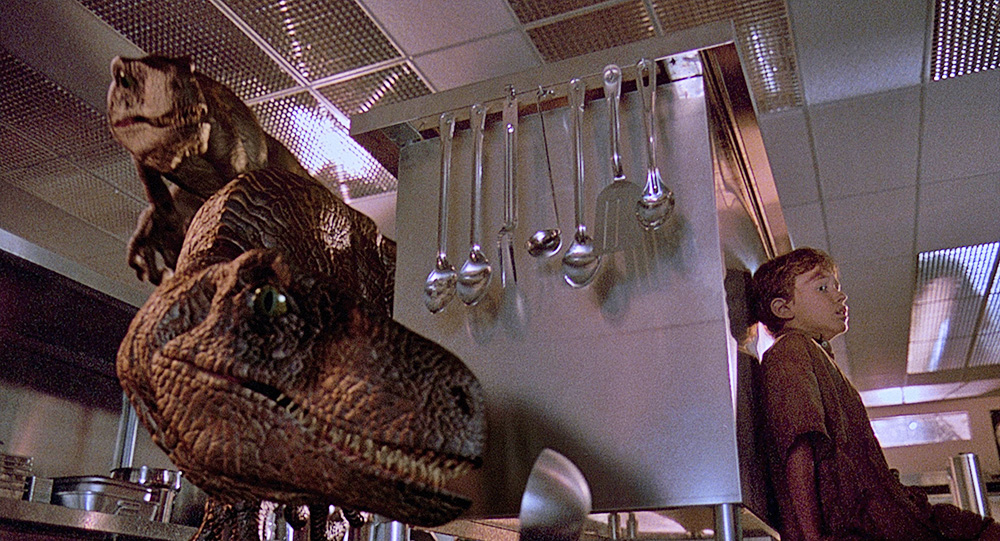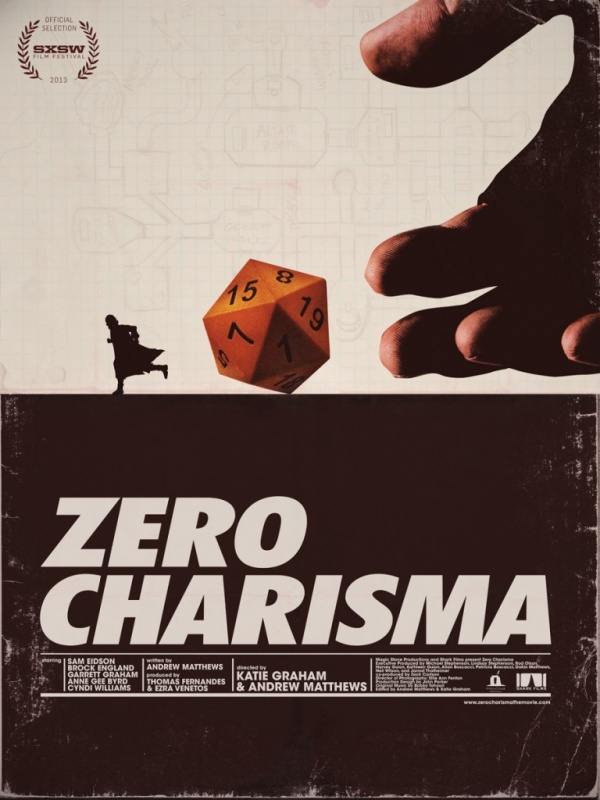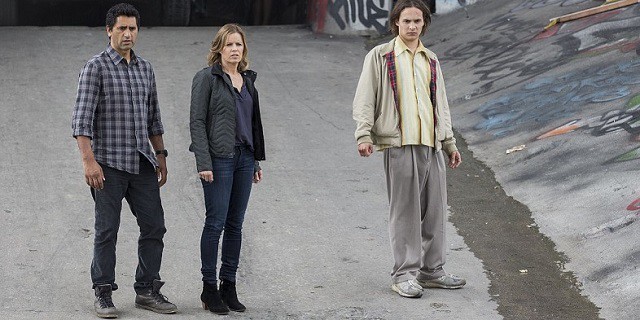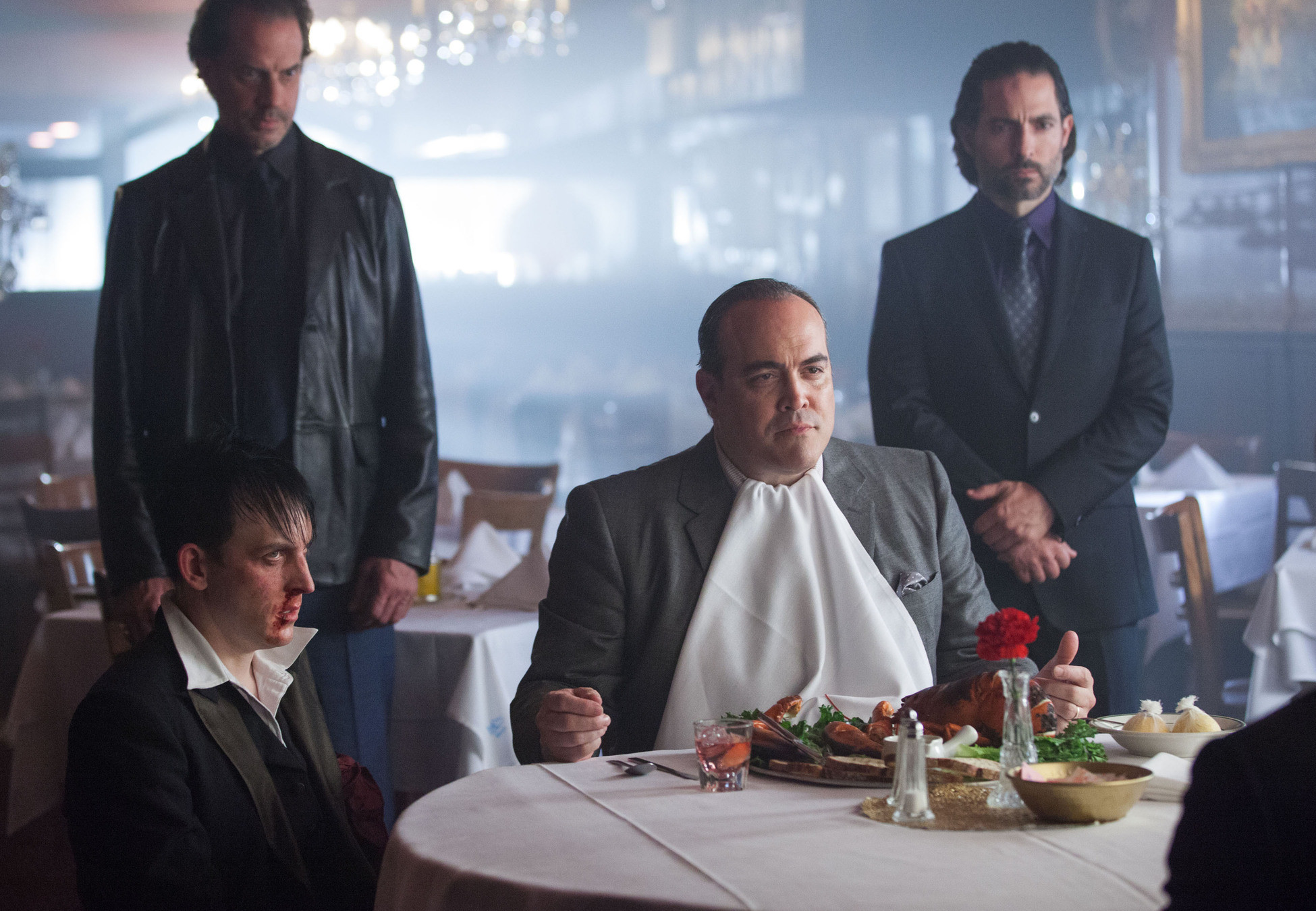 Jurassic Park
Jurassic Park
Written by Michael Crichton and David Koepp
Directed by Steven Spielberg
USA, 1993
“What have they got in there, King Kong”, quips Dr. Ian Malcolm as a computer-driven Land Cruiser slides along its railed path through a massive wooden gate that is designed to look prehistoric, welcoming them to “Jurassic Park”. Billionaire John Hammond has done the impossible and brought dinosaurs back from extinction—then built a park around them as cheesy as any zoo attraction or Disney theme park.
For many who came of age around 1993, both the novel and the movie Jurassic Park are likely to both be pop culture milestone experiences. The film is a beautiful marriage of material and talent, bringing to life a childhood dinosaur fantasy with state of the art filmmaking technology. Steven Spielberg had been refining his instincts as both a director and producer of some of the best family-friendly adventures of the previous decade, and was just the guy to tackle Michael Crichton’s blockbuster novel, a page-turning techno-thriller that put modern man alongside a species wiped out 65 million years ago, via a clever logic of using the then-proverbial Pandora’s Box of genetic engineering.

In Jurassic Park, Hammond (played with a giddy charm by director Richard Attenborough) has discovered that dinosaurs could be genetically engineered from their own preserved DNA, DNA that can be harvested from mosquitoes that had once fed on Dino blood before being trapped in tree sap and fossilized. It’s an ingenious idea because it makes sense at each step of the way, using just enough actual science to feel plausible while being outrageous enough to have not been tried before. After Jurassic Park hit, scientists spent years explaining that you can’t actually extract Dino DNA from amber.
The film doesn’t waste a lot of time, launching quickly into the plot. Now with a fully built dinosaur habitat of unimaginable scale, Hammond recruits a select group of observers to tour the park and give their seal of approval before opening his creation to the public. This includes paleontologist Alan Grant (Sam Neill), Paleo-Botanist Ellie Sattler (Laura Dern), “blood-sucking lawyer” Donald Genarro (Martin Ferrero), Mathematician Ian Malcolm (Jeff Goldblum) and Hammond’s own grandchildren Tim (Joseph Mazzaello) and Lex (Arianna Richards) serving as his target audience. The group has their reservations with the concept alone. As Malcolm says, life cannot be contained, and it will break free, violently if it has to.

Through a confluence of events, including a hurricane bearing down on Hammond’s tropical paradise and the actions of a corporate spy named Dennis Nedry (Seinfeld’s Wayne Knight), it isn’t long before a spectacularly uneventful first tour grinds to a halt and all holy hell breaks loose. Spielberg sets the table here with one of the most impressively crafted set pieces of his career. A rain-drenched night sees two Land Cruisers unable to move, sitting right in front of the T-Rex paddock as the beast breaks from its fence and attacks the cars and passengers. The sequence is impeccably staged to squeeze out every last drop of suspense; Spielberg’s eye for detail hones in on the patter of the rain on the car roofs, ground tremors that shake the car as the thunder lizard approaches, and the dilation of the animal’s pupils as a light is shined in it. Though a good amount of dino chomping is to be had, this movie trades gore for an atmosphere of dread.
With the fences down and the power out, the humans are left to fight for their life in the prehistoric wilderness that man created and nature is taking back. If Jurassic Park is known for just one thing—and it shouldn’t be—it is as a prototype for the cautionary sci-fi tale in which man learns the devastating effects of using technology to play God. It never ends well. And while this theme has been around since Frankenstein, Jurassic Park taps into the oncoming atomic mystery of cloning and DNA manipulation in a way that feels palpable.

Spielberg orchestrates the film around the knowledge that Stan Winston’s remarkable puppet effects and pioneering CGI will be the main attraction, and the effects are truly remarkable. But at the same time, it’s quite something that in a movie full of dinosaurs, Jeff Goldblum’s sardonic delivery steals the show. While Goldblum was known for remakes of The Fly and Invasion of the Body Snatchers by then, it is almost surreal the way such a huge movie wasn’t cast for celebrity names. Jurassic Park wears its monster movie roots on its sleeve, and where most other monster movies would have lined up its characters to be one-note dino food, Jurassic Park has a particularly unique concentration on them. Credited screenwriters David Koepp and Crichton himself enliven the cast not through labored back story, but through little character beats snuck all through the movie that makes it all the richer. Chiefly hidden in the foreground is the ambiguous nature of Grant and Sattler’s relationship, which can be read as either totally platonic, or hinting at something more, and how it is strained by Malcolm’s attempts to hit on Sattler and Grant’s disdain for children being tested by Tim and Lex. It is thoroughly satisfying (particularly on multiple viewings) to watch these different personalities bounce off of each other during the course of their adventure.
John Hammond is also a character who departs from expectations. While another science-gone-wrong story would have written the dino-engineer as a mad scientist, Hammond is a dreamer, trapped in a childhood obsession. He sees himself as a father figure to his creations, inspiring only reluctant duty from the Park crew, whose cautions about the dangerous logistics of the park go ignored by Hammond in the blind pursuit of his dream. Despite how entirely responsible for this situation Hammond is, viewers don’t root for his comeuppance. In fact, from being constantly berated by Malcolm to a quiet moment when his creation has started killing people and Hammond is left alone in the dining hall to eat ice cream surrounded by a pile of Jurassic Park merchandise that will now never see the light of day, the audience feels for him.
As for the cold-blooded characters, Jurassic Park surprisingly makes the Velociraptors, not the popular Tyrannosaurus Rex, into its chief force of menace; lethal super-intelligent pack-hunting reptiles, based on actual dinosaurs but formed into the movie’s own nightmarish creation. The raptors are spoken about with respectful fear by Grant and park game warden Muldoon (Bob Peck) and are so well built up that by the time they break out and run free, stalking Tim and Lex through a kitchen, it’s a genuinely nerve-wracking sequence.

Despite running over two hours, the film feels short. The last half in particular moves like a bullet train. Koepp and Crichton have stripped the novel to its finer beats so well that at this point the movie is moving at a clip where the novel’s large omitted sections don’t feel missed. Spielberg keeps his foot on the gas, navigating the movie into a well-balanced cocktail of last-minute escapes, scientific exposition, one-liners that are funny instead of cheesy, and a relationship subtext between all the characters.
However, the movie isn’t perfect. Spielberg gives into his inclination that the audience will always be rooting for the non-humans in a movie, as he did with ET and as producer on Gremlins, allowing the dinosaurs to hijack the climax away from the characters before the movie quite abruptly ends.
When Jurassic Park is stripped down to its core, it is a monster movie, part of a long legacy of creature features. But it is a monster movie that dared to give its characters life and clever things to say beyond just being lined up for the slaughter. A monster movie that gets the tone just right, not for a moment either too cheesy or too serious. A monster movie that specializes in world creation and one that proves that a monster movie could also be about genetics, evolution, and Chaos Theory. It is a monster movie constructed by a crowd-pleasing filmmaker at the top of his game and powered by an unforgettable John Williams score. A score that both touches on the majesty and fear of what’s to come.
Despite its box office success, this movie is actually quite underrated. In the years since Jurassic Park, the summer movie formula has been set more rigidly in stone, computer generated imagery has been used more often as a crutch then as a tool to create the impossible, and action movies have favored a flurry of editing cuts instead of the clear-eyed choreography Spielberg displays in this film. As a result, the movie holds up as well today as it did in 1993. If by chance one haven’t seen the original Jurassic Park, there is no better time than right now.
– Charlie Sanford




